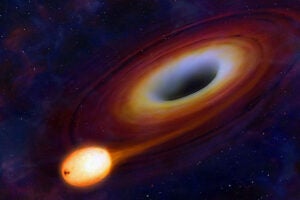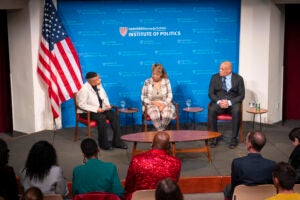Tag: CFA
-
Nation & World
Last survivors on Earth
A testament to the resiliency of life, the microscopic tardigrade can survive any cosmic calamity, according to an Oxford-Harvard study.
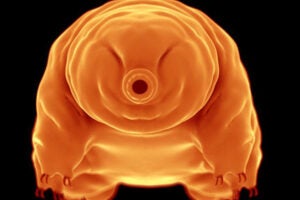
-
Nation & World
Milky Way had blowout bash 6 million years ago
Researchers analyzed archival X-ray observations from the XMM-Newton spacecraft and found that the missing mass from the Milky Way is in the form of a million-degree gaseous fog permeating our galaxy.
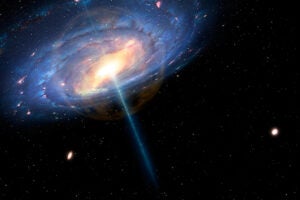
-
Nation & World
Exoplanet might have oxygen atmosphere, but not life
Researchers believe they may for the first time detect oxygen on a rocky planet outside the solar system.
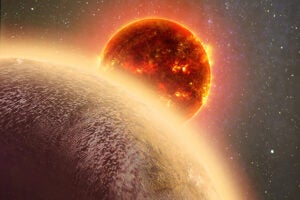
-
Nation & World
Just-so black holes
New findings advance insight on formation of supermassive black holes in the early epochs of the universe.
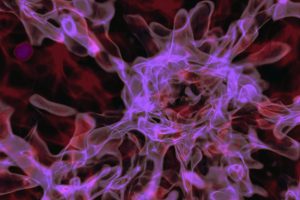
-
Nation & World
Interstellar seeds could create oases of life
Within the next generation, it should become possible to detect signs of life on planets orbiting distant stars, say researchers at the Harvard-Smithsonian Center for Astrophysics
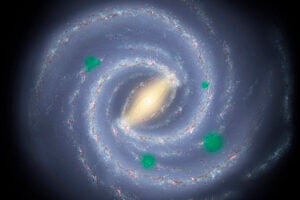
-
Nation & World
Mysterious link between galaxy and black hole
A new study of football-shaped collections of stars called elliptical galaxies provides insights into the connection between a galaxy and its black hole. This new research was designed to address a controversy in the field.
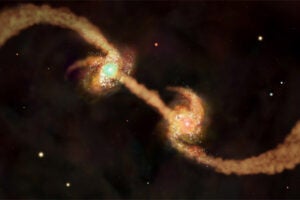
-
Nation & World
Discovering ‘star nurseries’
In a quest to find mismatched star pairs known as extreme mass-ratio binaries, Harvard astronomers have discovered a new class of binary stars, in which one star is fully formed while the other is still in its infancy. The discovery of these stellar twins could provide invaluable insight into the formation and evolution of massive…
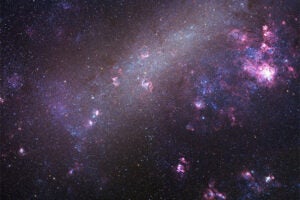
-
Nation & World
Eight new planets found in Goldilocks Zone
Astronomers announced Tuesday that they have found eight new planets in the Goldilocks Zone of their stars, orbiting at a distance where liquid water can exist on the planet’s surface. The discoveries double the number of small planets believed to be in the habitable zone of their parent stars.
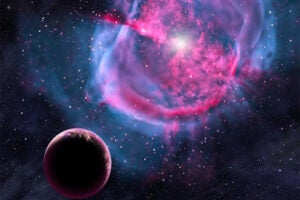
-
Nation & World
Stars’ age: A well-kept secret
Harvard researchers have found that stars slow down as they age, and their ages are well-kept secrets. But astronomers are taking advantage of the first fact to tackle the second and tease out stellar ages.
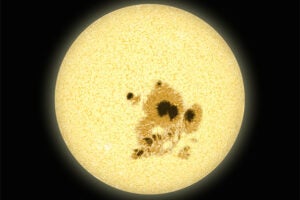
-
Nation & World
Surfing on a super-Earth
For life as we know it to develop on other planets, those planets would need liquid water, or oceans. Geologic evidence suggests that Earth’s oceans have existed for nearly the entire history of our world.
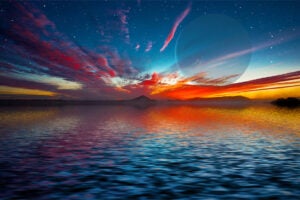
-
Nation & World
Kepler ‘rising from the ashes’
Despite a malfunction that ended its primary mission in May 2013, the Kepler spacecraft is alive and working. The evidence comes from the discovery of a new super-Earth using data collected during Kepler’s “second life.”
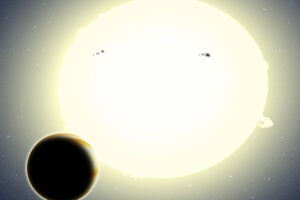
-
Nation & World
Pluto’s demotion debated
In 2006, the International Astronomical Union demoted Pluto from its rank as a planet. But after an hourlong debate between planetary science experts on what constitutes a planet, an audience packed into Harvard’s Phillips Auditorium voted to restore it to its place.
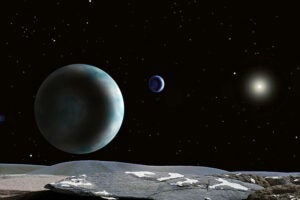
-
Nation & World
Targeting alien polluters
New research by theorists at the Harvard-Smithsonian Center for Astrophysics (CfA) shows that we could spot the fingerprints of certain pollutants under ideal conditions. This would offer a new approach in the search for extraterrestrial intelligence (SETI).
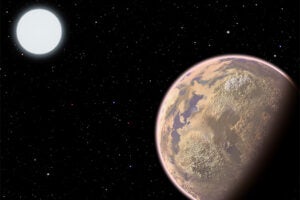
-
Nation & World
Astronomers create first realistic virtual universe
Astronomers have created the first realistic virtual universe using a computer simulation called Illustris. Illustris can re-create 13 billion years of cosmic evolution in a cube 350 million light-years on a side with unprecedented resolution.
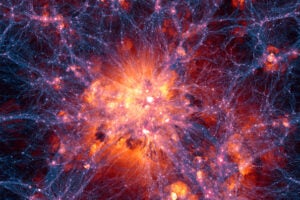
-
Nation & World
Sizing up the Big Bang
Four experts, including Nobel Prize winner Robert Wilson, came together for a CfA program titled “50 Years After the Discovery of the Big Bang.”
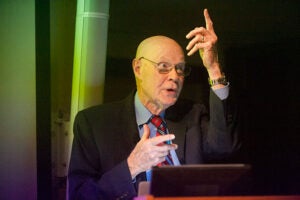
-
Nation & World
Can iPads help students learn science? Yes
A new study by researchers at the Harvard-Smithsonian Center for Astrophysics shows that students grasp the unimaginable emptiness of space more effectively when they use iPads to explore 3-D simulations of the universe, compared with traditional classroom instruction.
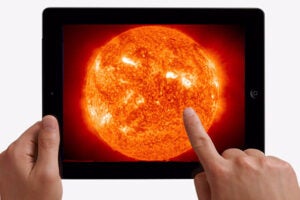
-
Nation & World
The search for other Earths
Scientists at the Harvard-Smithsonian Center for Astrophysics are drafting the target list for NASA’s next planet-finding telescope, the orbiting Transiting Exoplanet Survey Satellite, or TESS, which will search the Earth’s galactic neighborhood for planets that might support life.
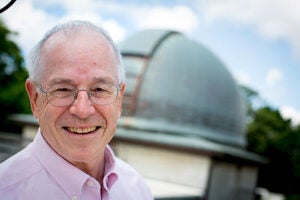
-
Nation & World
The next gold rush: Outer space?
New observations confirm that colliding neutron stars create short gamma-ray bursts, and such collisions produce rare heavy elements, including gold. Researchers at the Harvard-Smithsonian Center for Astrophysics believe the Earth’s gold likely came from colliding neutron stars.
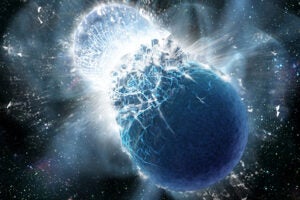
-
Nation & World
Songs from the stars
Gerhard Sonnert, a research associate at the Harvard-Smithsonian Center for Astrophysics, has created a new website that allows listeners to literally hear the music of the stars.
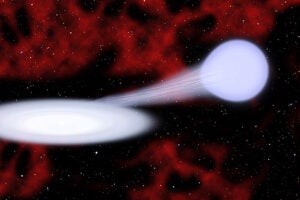
-
Nation & World
Water worlds surface
Astronomers have found a planetary system orbiting the star Kepler-62. This five-planet system has two worlds in the habitable zone — the distance from their star at which they receive enough light and warmth for liquid water to theoretically exist on their surfaces.
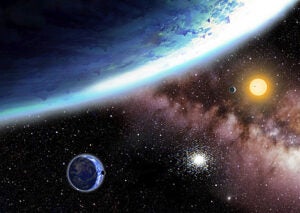
-
Nation & World
Space and climate change
A lecturer from the Harvard-Smithsonian Center for Astrophysics says that “dark clouds of gas and dust have the potential to alter Earth’s climate.
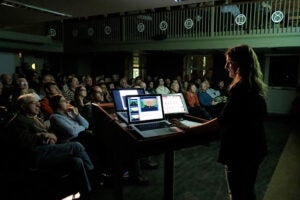
-
Nation & World
Astronomically close
Earth-like planets potentially capable of supporting life may be right in our galactic neighborhood, according to researchers from the Harvard-Smithsonian Center for Astrophysics and the California Institute of Technology.
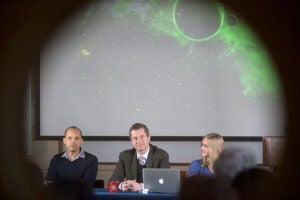
-
Nation & World
First ‘bone’ of the Milky Way identified
Astronomers have identified a new structure in the Milky Way: a long tendril of dust and gas that they are calling a “bone.”
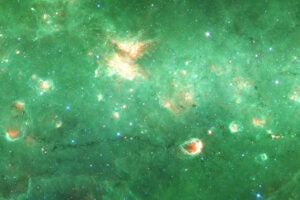
-
Nation & World
Search for Earth’s twin shows promise
The quest for a twin Earth is heating up. Francois Fressin, of the Harvard-Smithsonian Center for Astrophysics (CfA), presented the new analysis of Kepler data that shows that about 17 percent of stars have an Earth-sized planet in an orbit closer than Mercury.
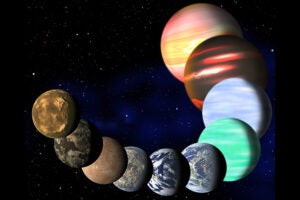
-
Nation & World
Planets form in cosmic maelstrom
At first glance, the center of the Milky Way seems like a very inhospitable place to try to form a planet. New research by astronomers at the Harvard-Smithsonian Center for Astrophysics shows that planets still can form in this cosmic maelstrom.
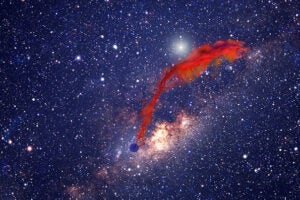
-
Nation & World
Re-creating a slice of the universe
Scientists at the Harvard-Smithsonian Center for Astrophysics and their colleagues at the Heidelberg Institute for Theoretical Studies have made it possible to build a universe from scratch.
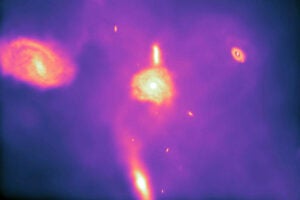
-
Nation & World
A Milky Way cooling its jets
Harvard-Smithsonian Center for Astrophysics’ astronomers have detected for the first time jets of gamma rays extending thousands of light years from the Milky Way’s core, confirming expectations based on observations of other galaxies.
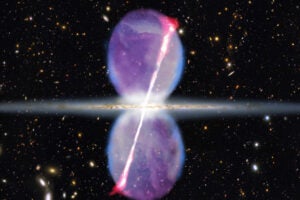
-
Nation & World
The last dance between Venus and the sun
Before 2004, the most recent Venus transit occurred more than a century ago, in 1882, and was used to compute the distance from the Earth to the sun. On June 5, 2012, another Venus transit will occur. Scientists with NASA’s Kepler mission hope to discover Earth-like planets outside our solar system by searching for transits…
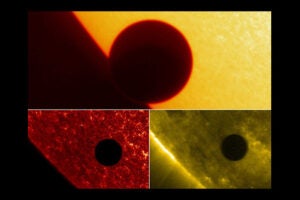
-
Nation & World
Astral feast
Supermassive black holes snack infrequently, making the recent discovery of a black hole in the act of feeding all the more interesting to astronomers.
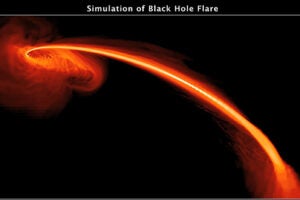
-
Nation & World
Black holes feed on stars
New research by astronomers at the University of Utah and the Harvard-Smithsonian Center for Astrophysics shows that supermassive black holes can grow big by ripping apart double-star systems and swallowing one of the stars.
